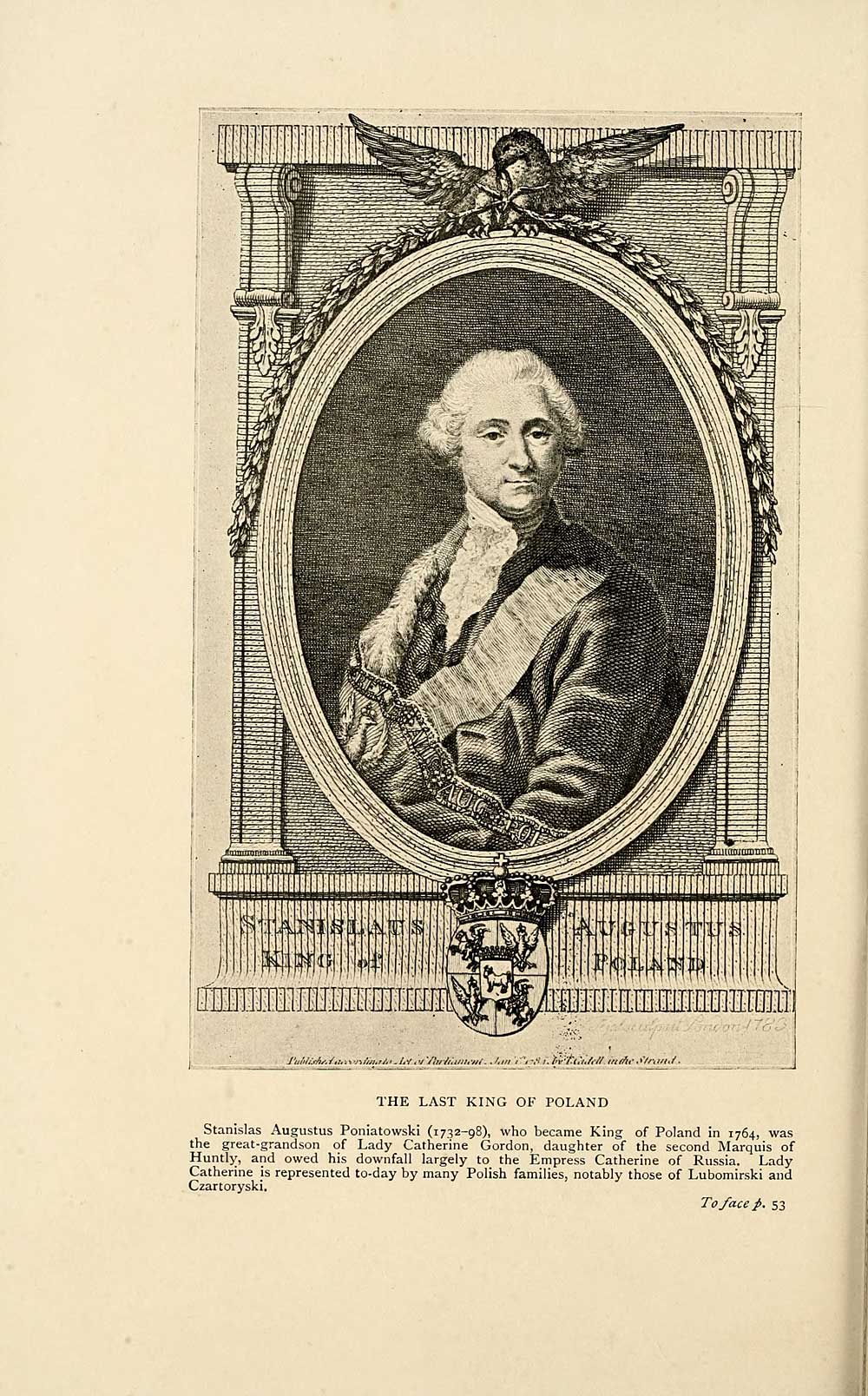Lady Catherine Gordon
Lady Catherine was the daughter of George Gordon, the 2nd Earl of Huntly and his wife, Princess Annabella the daughter of King James I of Scotland and Joan Beaufort. Huntley divorced Annabella in 1471. Many accounts claim that she was the daughter of Huntley’s third wife, Elizabeth Hay. Apr 9, 2018 - Lady Catherine Gordon, Perkin Warbeck's wife.

Oct 31, 2013 - Lady Catherine Gordon (c. 1474–October 1537) was a Scottish noblewoman and the wife of Yorkist pretender, Perkin Warbeck. After her imprison.

Lady Catherine Gordon (c. 1474–October 1537) was a Scottish noblewoman and the wife of Yorkist pretender, Perkin Warbeck. After her imprisonment by King Henry VII of England, she became a favoured lady-in-waiting of his wife, Elizabeth of York. She had a total of four husbands, but there are no records she had any surviving children.
- 1Family
Family

Lady Catherine was born in Scotland, the daughter of George Gordon, 2nd Earl of Huntly, by his third wife, Lady Elizabeth Hay.[1] Some 19th-century writers had assumed she was a daughter of Princess Annabella of Scotland, who had been the Earl of Huntly's first wife.[lower-alpha 1][2]
Perkin Warbeck
Before 4 March 1497, Lady Catherine was given in marriage to the adventurer Perkin Warbeck, who was favored by King James IV of Scotland for political reasons, and who had apparently been courting her since 1495, as a love letter[lower-alpha 2] from him to the very beautiful[lower-alpha 3] Lady Catherine has been preserved in the Spanish State Letters, vol, i, p. 78.[3] James IV gave Perkin Warbeck a 'spousing goune' of white damask for the wedding at Edinburgh. The celebrations included a tournament. Perkin wore armour covered with purple brocade.[4] Lady Catherine followed her husband's fortunes and was styled the Duchess of York; she was taken prisoner at St. Michael's Mount after Henry's forces routed Warbeck's Cornish army at Exeter in 1497.[5] On 15 October 1497 there is record of a payment of £7 13s. 4d. to Robert Southwell for horses, saddles and other necessities for the transportation of 'my Lady Kateryn Huntleye.'[5] Her husband was hanged at Tyburn on 23 November 1499.[6] Lady Catherine was kept a virtual prisoner by King Henry who placed her in the household of his wife, Elizabeth of York, where she became a favorite lady-in-waiting.[7] Initially, Henry VII paid some of her expenses from his privy purse.
In the privy purse accounts her name was recorded as 'Lady Kateryn Huntleye.'[8] Henry VII gave Lady Catherine gifts of clothing.[9] These clothes included; in November 1501, clothes of cloth-of-gold furred with ermine, a purple velvet gown, and a black hood in the French style; in April 1502, black and crimson velvet for gown and black kersey for stockings; and in November 1502, black satin, and other black cloth, to be trimmed with mink (from her own stock) and miniver, with a crimson bonnet.[10] On 25 January 1503 Catherine attended the ceremony of marriage between James IV and Margaret Tudor at Richmond Palace. James was represented by the Earl of Bothwell as his proxy.[11]
In February 1503, Lady Catherine was the 'Chief Mourner' at the funeral of Queen Elizabeth, arriving in a 'chair', a carriage, with the Lady Fitzwalter and Lady Mountjoy. The train of her dress was carried by the Queen's mother-in-law, the Countess of Derby. Lady Catherine made the offerings at the masses and with 37 other ladies placed a 'pall', an embroidered cloth, on the coffin at Westminster Abbey.[12]
In 1510, Lady Catherine obtained letters of denization and that same year, on 8 August, was given a grant of the manors of Philberts at Bray, and Eaton at Appleton, both then in Berkshire.[13] Two years later she acquired along with her husband the manor of 'Fiffhede', Fifield, and upon surrender of patent of 8 August the three manors were all re-granted to Lady Catherine Gordon with the proviso she could not leave England, for Scotland or other foreign lands, without license.[13]
Subsequent marriages
Lord Byron's Mother Catherine Gordon

Lady Kathy Gordon Of Scotland
Before 13 February 1512, she married James Strangeways of Fyfield, a gentleman usher of the King's Chamber.[1] The couple endowed a chantry priest to sing for the souls of their parents at St Mary Over at Southwark in London,[14] where James's father was buried. In 1517, she married her third husband, Matthew Craddock of Swansea, Steward of Gower and Seneschal of Kenfig, who died c. July 1531.[1] Matthew Craddock's will notes the jewels and silver that Lady Catherine owned before they were married. These included a girdle with a pomander, a heart of gold, a fleur-de-lis of diamonds, and a gold cross with nine diamonds. He bequeathed her an income from the lands of Dinas Powys and Llanedeyrn near Cardiff.[15]
Her fourth and last husband was Christopher Ashton of Fyfield also then in Berkshire.[16] She is not recorded as having any surviving children, however, she had two stepchildren by Ashton's previous marriage.

According to biographer David Loades, Lady Catherine was head of Mary Tudor's Privy Chamber until 1530.
When not at Court, Catherine resided at Fyfield Manor, except during her marriage to Craddock when she gained permission to live in Wales.[9] Catherine made her will on 12 October 1537, and died soon after.[17] She was buried in the church of St Nicholas at Fyfield, with a monument, including brass figures (now lost).[9] Matthew Craddock had previously erected a chest monument for himself and 'Mi Ladi Katerin' with their effigies in St Mary's Church, Swansea which was destroyed in 1941. The carved heraldry included emblems of the Gordon and Hay family. Both Catherine's mother and paternal grandmother were members of the Hays family.[18]
Notes
Lady Catherine Morgan
References
Help improve this article
Compiled by World Heritage Encyclopedia™ licensed under CC BY-SA 3.0Help to improve this article, make contributions at the Citational Source, sourced from Wikipedia
Lady Catherine Gordon Rumors Henry Vii
